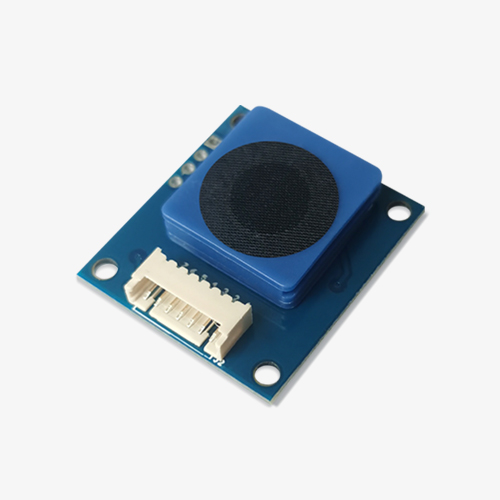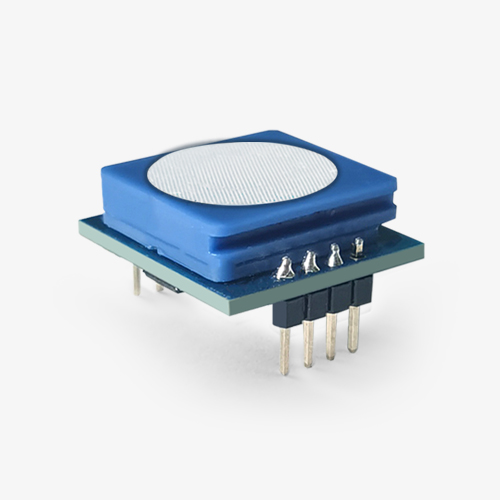How does alcohol sensor work
Alcohol sensor is a sensor that can detect alcohol concentration, it can be used in drunk driving detection, industrial production and other fields. The principle of alcohol sensor is based on chemical reaction, it uses the chemical reaction of alcohol and oxygen in the air to detect the alcohol concentration,

How does alcohol sensor work?
The working principle of the alcohol sensor is to use the chemical reaction between alcohol and oxygen in the air, which will generate a certain current. When the alcohol concentration increases, the current generated by the reaction also increases, so the alcohol concentration can be detected by measuring the current generated by the reaction.
Alcohol sensors usually consist of two electrodes, one for detecting alcohol concentration and the other for detecting oxygen concentration in the environment. When alcohol enters the sensor, it chemically reacts with oxygen, creating an electrical current. This current is measured by the sensor and converted into a numerical value of alcohol concentration.
The sensitivity of an alcohol sensor depends on the design and manufacturing process of the sensor. Some high-sensitivity sensors can detect very low alcohol concentrations, while some low-sensitivity sensors can only detect high alcohol concentrations. The appropriate alcohol sensor can be selected according to the application scenario. Fosensor has developed a variety of alcohol sensors according to market demand Alcohol sensor can be used in various environmental places.
| Model Number | Model | Detection Range | Communication Method | Product Size | Product Features |
|---|---|---|---|---|---|

|
FS00700A | 0~1.0mg/L |
/
|
23.8×23.8×7.8mm |
|

|
FS00700B | 0~500ppm |
/
|
8×8×7mm |
|

|
FS00700C | 25~500ppm(Alcohol) |
/
|
8×8×7mm |
|

|
FS00703 | 0~500mg/100ml (Blood alcohol concentration) |
UART (3.3V_TTL Voltage level)
|
90.5×32.0x13.6 mm |
|

|
FS00702 | 0~500mg/100ml (Blood alcohol concentration) |
UART (3.3V_TTL Voltage level)
|
23.0×25.5×5.5 mm |
|

|
FS00701 | 0~500mg/100ml (Blood alcohol concentration) |
UART (3.3V_TTL Voltage level)
|
19.3×17.0x5.4 mm |
|
Alcohol sensor application
Alcohol sensor is widely used, it can be used in drunk driving detection, industrial production and other fields. In the detection of drunk driving, the alcohol sensor can detect the alcohol concentration in the driver’s breath so as to judge whether the driver is drinking and driving. In industrial production, alcohol sensors can detect the concentration of alcohol in factories to ensure the safety of workers.

How long can you drive after drinking
Many people think that if they drink late the day before, they will be fine after sleeping, but they don’t know that this will also cause “drunk driving”. The traffic police department also reminds that no matter how long it has been since drinking, if the alcohol in the body has not been emptied, it is illegal to drive a motor vehicle by accident or drunk driving.
How long it takes to drive after drinking cannot be generalized. People of different ages and physiques have different hangover abilities. Generally, they can only metabolize 10 to 15 grams of alcohol per hour. Therefore, if you drink alcohol overnight, it is best to test it with an alcohol tester before driving to avoid traffic violations.
Alcohol sensor is a very important sensor, it can detect alcohol concentration, so as to ensure people’s safety. With the continuous development of technology, the sensitivity and accuracy of alcohol sensors will continue to improve, bringing more convenience and safety to people’s lives.





